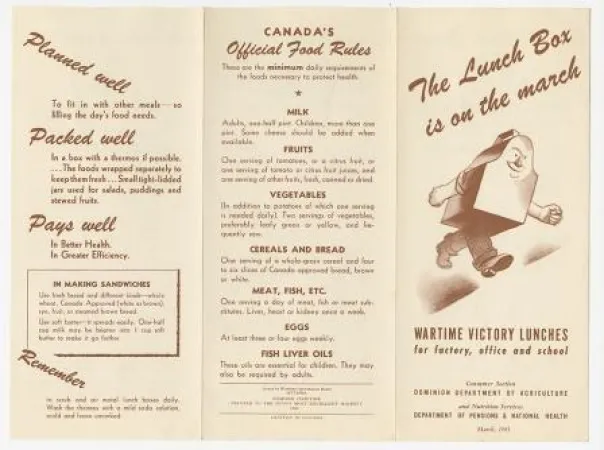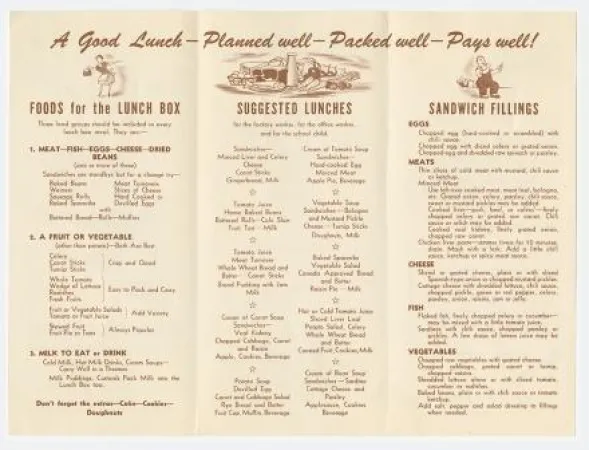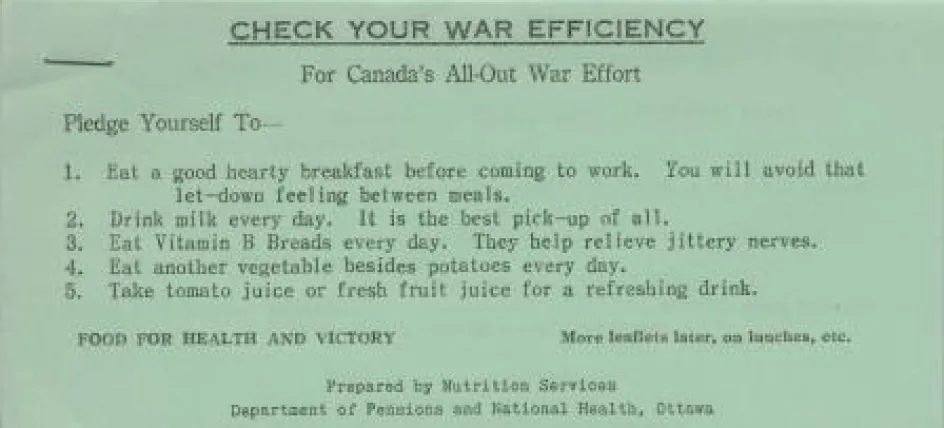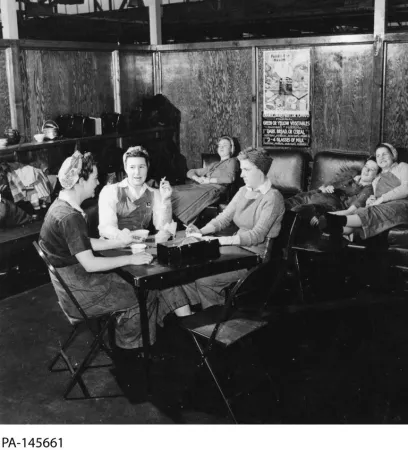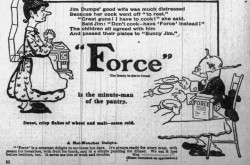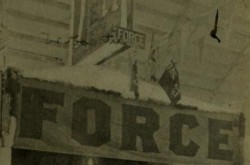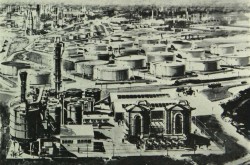Canada’s Food Guide: Wartime Eating for a Healthier Postwar Population
This article was originally written and submitted as part of a Canada 150 Project, the Innovation Storybook, to crowdsource stories of Canadian innovation with partners across Canada. The content has since been migrated to Ingenium’s Channel, a digital hub featuring curated content related to science, technology and innovation.
The first Canadian food guide, The Official Food Rules, was conceived in 1942 as a means of helping consumers navigate the difficulties of wartime rationing. If followed, the guide would ensure high nutritional standards for the men and women contributing to the war effort, decrease malnutrition associated with poverty, and improve the general health of Canadians.
Scientists, medical doctors, academics and social welfare workers began working together in 1938 and eventually recommended the food guide as one of the means to ensure a healthy population. The government promoted the guide widely, using posters, radio advertising, lesson plans for school teachers, magazine and newspaper articles, pre-printed shopping lists and even “Check Your War Efficiency” leaflets included in war workers’ pay packets.
The food guide has evolved since the 1940s. It has been adapted to new food science, and updated to encompass foods that were once uncommon in Canadian kitchens and include variations by age and demographics.




